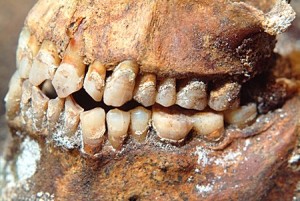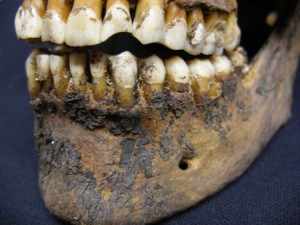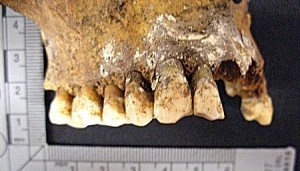Smoking tobacco in a pipe became popular in Europe in the late 16th century soon after the introduction of tobacco. At first tobacco was very expensive, so the bowl of a pipe was made small. As production of tobacco increased, so it became cheaper and the bowls were progressively made larger. A wide range of materials were used to make the pipes, but a common one in the early years was clay because it did not burn along with the tobacco. The disadvantage of clay is that it was easily broken. So, through the late 16th century and for the next couple of centuries, many towns around Europe had sizeable cottage industries producing the pipes to meet the demand to replace the breakages!
As with 20th century cigarettes, so with pipes, workmen often liked to have them in their mouths whilst working. To help a short-stemmed pipe was developed for this purpose, which could easily be held in the teeth to make it less likely that it would be dropped – and probably broken!
However, the constant rubbing of the teeth against the clay wore the surface of the tooth away. This produced a characteristic shape in the affected teeth. The first two pictures illustrating this article show the teeth of two individuals found during the archaeological dig on 2006. The ‘clay-pipe teeth’ wearing is obvious. The third photograph shows the same thing, but this time in a younger adult, before the  teeth had been fully worn away, but nevertheless indicating that he had been smoking a pipe for quite some time. During the dig a large number of fragments of pipes were found, but none were complete.
teeth had been fully worn away, but nevertheless indicating that he had been smoking a pipe for quite some time. During the dig a large number of fragments of pipes were found, but none were complete.
(The photographs are copyright Aberdeen Art Gallery & Museums Collections and are used with permission).